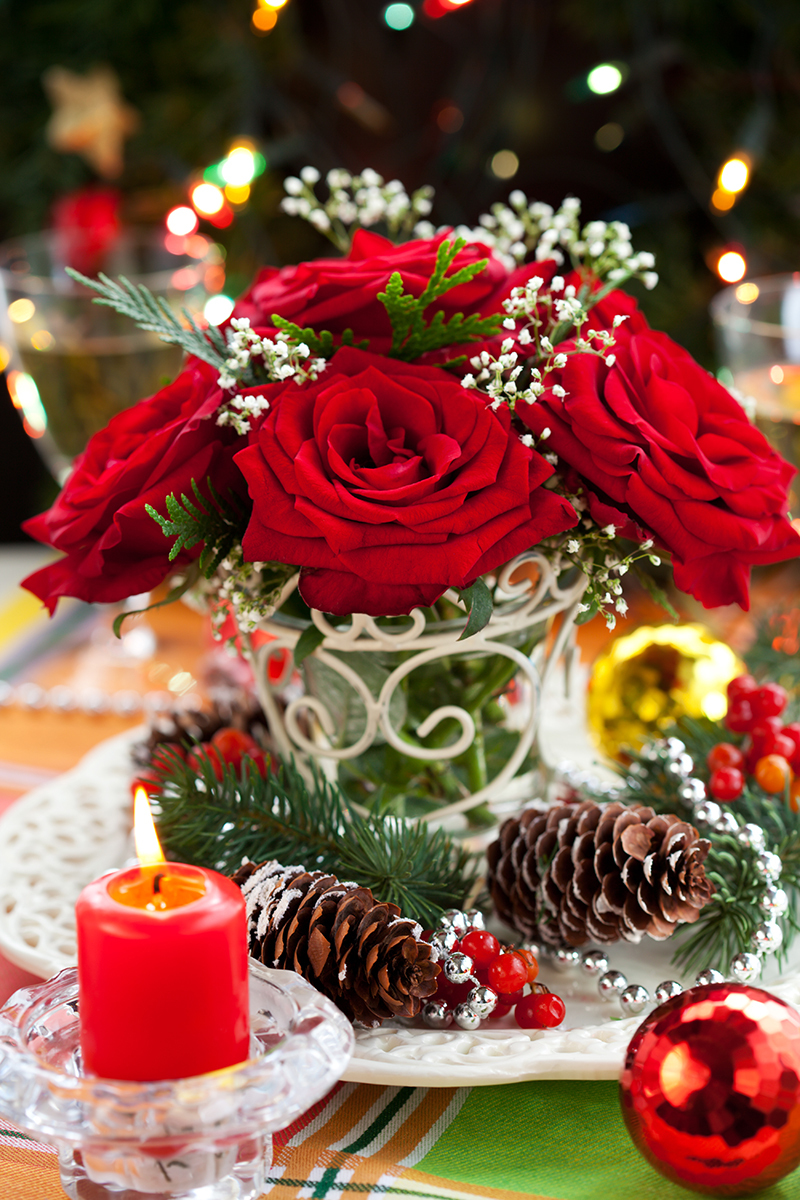Expert Hacks to Keep Your Poinsettias Flourishing Longer
Poinsettias, with their cheerful red and green foliage, are synonymous with the festive season. These vibrant plants can light up any space and are often chosen for holiday decorations. However, keeping them flourishing beyond the holidays can be a challenge for many. If you're wondering how to keep your poinsettias looking vibrant and healthy longer, you've come to the right place. In this guide, we'll delve deep into the expert hacks that ensure your poinsettias remain a stunning centerpiece well into the New Year.
Understanding Your Poinsettia
Poinsettias are native to Mexico and thrive in specific conditions that mimic their natural habitat. Before diving into care tips, it's crucial to understand what makes these plants tick. This foundational knowledge will help you create the perfect environment for your poinsettia.
The Anatomy of a Poinsettia
- Bracts: The colorful parts commonly mistaken for flowers are actually bracts, which are modified leaves.
- Flowers: The actual flowers are the small, yellowish buds located at the center of the bracts.
- Leaves: The green foliage that supports the plant's growth and health.
Knowing these components will help you determine how healthy your poinsettia is and identify problems that may arise in its care.

Choosing the Right Spot
Where you place your poinsettia plays a significant role in its longevity. Consider the following factors when selecting a location:
- Light: Poinsettias prefer bright, indirect sunlight. A spot near a south, east, or west-facing window, shielded from the sun's harsh midday rays, is ideal.
- Temperature: These plants thrive in temperatures between 65?F and 75?F (18?C to 24?C). Avoid placing them near cold drafts or direct heat sources such as fireplaces and radiators.
- Humidity: Poinsettias enjoy a humid environment. Low humidity can cause leaf drop, so consider using a humidifier or placing a pebble tray with water beneath the plant.
Water Wisely
Overwatering is one of the most common mistakes made in poinsettia care. To ensure they stay healthy:
- Check before watering: Always test the soil moisture by inserting your finger about an inch into the soil. If it's dry, it's time to water.
- Thorough watering: When watering, do so generously until the water begins to drain from the bottom. This ensures the entire root ball is hydrated.
- Avoiding water retention: Be mindful of leaving your poinsettia in standing water, which can lead to root rot. Ensure the pot has proper drainage.
Feeding Your Poinsettia
Feeding is a crucial part of maintaining the vigor and color of your poinsettia:
- Post-bloom feeding: During the highest growth periods in spring and summer, use a balanced houseplant fertilizer every 4-6 weeks.
- Avoid fertilizing in bloom: When the plant is in full bloom, hold off on fertilizer. This can help the vivid colors last longer.
- Mindful pruning: If your poinsettia starts to become leggy, prune it back a bit to encourage a bushier appearance.
Troubleshooting Common Problems
Despite best efforts, poinsettias can sometimes face challenges. Here's how to troubleshoot them:
Yellowing Leaves
- This often indicates overwatering. Allow the soil to dry out slightly before watering again.
Leaf Drop
- Exposure to cold drafts or drastic temperature changes can lead to leaf drop. Ensure your plant is away from drafts.
- Also, ensure adequate watering and light to prevent this issue.
Pest Infestation
- Inspect your poinsettia regularly for common pests like aphids or whiteflies.
- Use insecticidal soap or neem oil as a treatment, taking care to follow the manufacturer's instructions.

Encouraging a Re-Bloom
Many plant lovers aim to get their poinsettia to bloom again the next season. Here's how you can manage this:
- Late winter/early spring: Cut the plant back to about 6 inches tall to promote new growth.
- Late March to May: Continue regular watering and fertilize with a balanced fertilizer every few weeks.
- Summer: Move the plant outside to a shaded area. Continue watering and fertilizing.
- October/early November: Begin the shortening light exposure process. Cover your poinsettia or move it to a dark room for about 14-16 hours each day to encourage the formation of bracts.
Conclusion
Keen on achieving thriving, long-lasting poinsettias? The secret lies in providing optimal conditions and being attentive to their needs. Whether it's choosing the right spot, careful watering, or re-bloom strategies, these expert hacks are designed to keep your poinsettias looking fresh and colorful throughout the festive season and beyond. Happy gardening!

